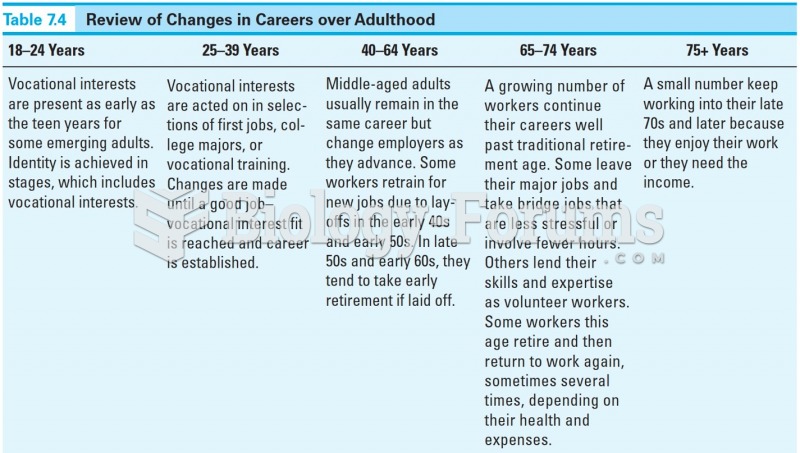In phenomenology, often the review of the literature is conducted after data analysis is complete. What is the reason for this? (Select all that apply.)
a. The data analysis phase of phenomenology includes a literature review.
b. Phenomenology is data-free, and analyses are based only on the interpretation of the researcher.
c. Some phenomenologists do believe that one can bracket what is known, in order to perform an unbiased analysis, but it seems pointless to absorb information just to then put it aside, so literature review is usually postponed.
d. Some phenomenologists don't believe that one can bracket what is known, in order to perform an unbiased analysis of the data, so they try to minimize what they read about the topic of the study until data analysis is complete.
e. The review of the literature provides an objective cross-check for the researcher's interpretation.
Question 2
Which of the following are purposes of the literature review in quantitative research concerning patient compliant with alternating leg pressure stockings (ALPs)? (Select all that apply.)
a. It gives the researcher an overview of anecdotal reports about how it feels to the patient to wear ALPs.
b. It allows the researcher to use the data from previous research on ALPs to add to his or her database.
c. It allows the researcher to construct theory about compliance with ALPs.
d. It gives the researcher something with which to compare his or her findings on compliance with ALPs.
e. It allows the researcher to discover previous research in the area of ALPs, so as to identify what is not known (the research gap).







